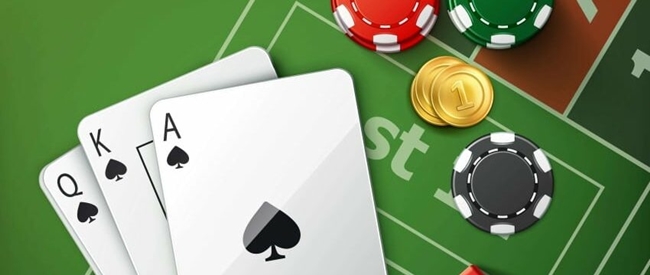What Are the Psychological Aspects of Teen Patti and How Can They Be Utilized
Introduction:
Teen Patti, a game that combines skill, strategy, and luck, is not only about the cards you hold but also about understanding and leveraging the psychological aspects of the game. Successful players are not only adept at reading their opponents but also utilize psychological tactics to gain an edge. In this article, we will explore the psychological aspects of Teen Patti and how they can be effectively utilized to enhance your gameplay and increase your chances of success.
I. Observing and Exploiting Body Language:
Facial Expressions: Paying attention to your opponents' facial expressions can provide valuable cues about the strength or weakness of their hands.
Eye Contact: Maintaining eye contact during gameplay can help gauge confidence levels and identify potential bluffs or nervousness.
II. Controlling and Concealing Emotions:
Emotional Control: Successful players maintain composure and avoid revealing their emotions. Keeping a poker face can help prevent opponents from gaining insights into your hand strength.
Reverse Tell: Intentionally displaying misleading emotions or reactions can be used to deceive opponents and create a false impression of your hand.
III. Building an Image:
Table Image: Cultivating a certain image or reputation at the table can influence how opponents perceive your gameplay style. A tight and conservative image can lead opponents to fold more often, while an aggressive image can intimidate opponents.
Manipulating Image: Skilled players can alter their gameplay style strategically to manipulate their opponents' perception of their abilities, leading to misjudgments and advantageous situations.
IV. Bluffing and Deception:
Well-Timed Bluffs: Bluffing can be an effective psychological tactic when used strategically. Timing is crucial, and well-executed bluffs can cause opponents to fold strong hands.
False Tales: Creating false narratives about your gameplay or hand strength can mislead opponents into making incorrect decisions. Crafting believable stories adds an element of deception to your gameplay.
V. Reading and Manipulating Opponents:
Observation: Careful observation of opponents' behavior, betting patterns, and body language can provide insights into their playing style and the strength of their hands.
Exploiting Weaknesses: Identifying opponents' weaknesses and exploiting them through strategic betting or bluffing can give you an advantage at the table.
VI. Psychological Pressure:
Intimidation: Projecting confidence and assertiveness can intimidate opponents, making them more likely to make mistakes or fold prematurely.
Patience and Persistence: Displaying patience and persistence can create psychological pressure on opponents, forcing them into making hasty or ill-advised decisions.
Conclusion:
The psychological aspects of Teen Patti play a significant role in the game's outcome. By effectively utilizing techniques such as observing and exploiting body language, controlling emotions, building an image, employing strategic bluffs and deception, reading and manipulating opponents, and applying psychological pressure, you can gain a psychological edge over your opponents. Remember, understanding and leveraging these psychological aspects should be done ethically and within the boundaries of fair play. Developing your psychological skills alongside your knowledge of the game will help you make more informed decisions and increase your overall success in the thrilling world of Teen Patti.





Comments
Post a Comment